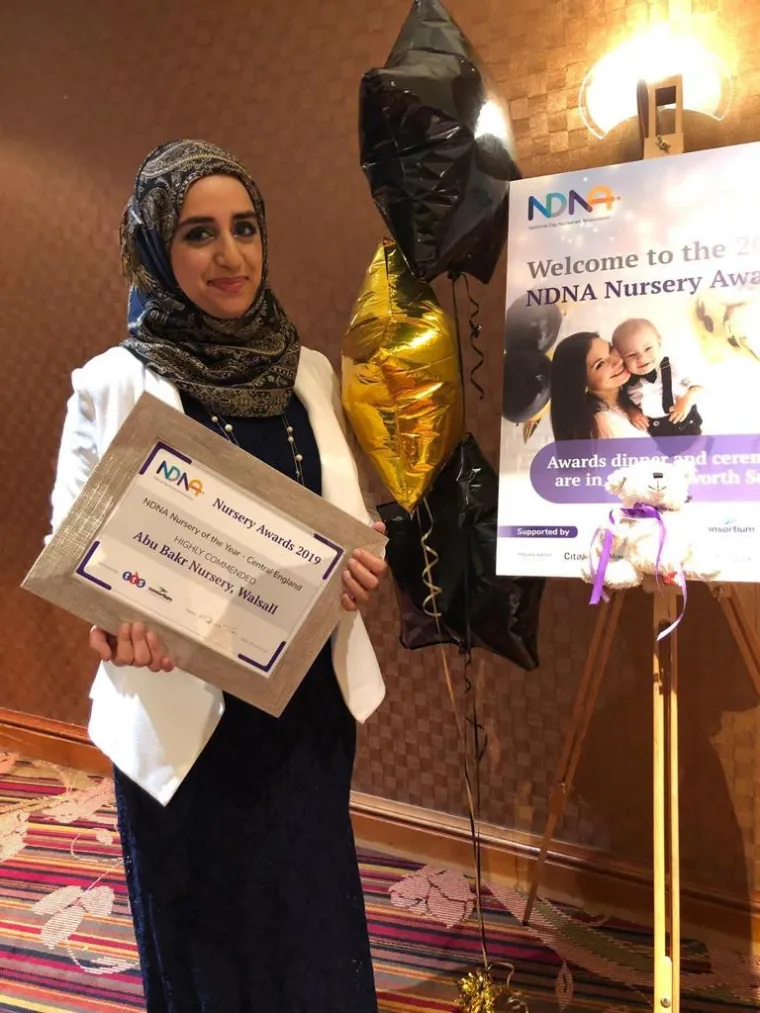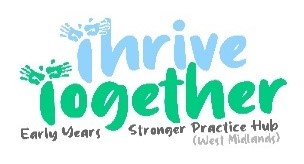In an email storm of professional development opportunities, how do we as leaders calm the seas and get on board the right boats that will help take our settings towards our improvement destinations?
Asma, Manager of Abu Bakr Day Nursery, explains the factors she considers when selecting professional development opportunities for her team. We asked her 5 key questions for consideration.

What does professional development mean to you as a manager and leader?
For me professional development is an invaluable on-going way to maintain and improve practitioner’s existing knowledge and skills within the setting. believe that it helps us as leaders to ensure, that as a team, we stay up to date to with statutory frameworks and research informed best practice. Each annual professional development cycle, supports us to build on practitioner’s prior learning and skills and continually improve the provision we provide.
How do you choose areas of PD focus?
Professional development opportunities are chosen to match gaps which have been identified in children’s learning. This term, I have looked at children’s common and individual gaps in baseline assessments. Then through 1:1 practitioner supervision, we have discussed why these gaps might exist and make a plan to narrow them. When these gaps in children’s knowledge and skills exist due to gaps in practitioner’s knowledge and skills; a need for professional development is identified, sometimes this might be whole setting or focused on an individuals development. For example, I identified specific gaps in practitioner’s knowledge of mathematical understanding, from children’s baseline observations and assessments. Therefore, we have enrolled on a Number Sense programme through the Stronger practice Hub, to meet this identified need.
I also recognise and value all the different methods of professional development and often choose training programmes that I then support and embed with additional in-setting professional development opportunities, such as follow up supervision conversations, staff briefings, twilights sharing sessions and 1:1 coaching.
When choosing PD delivery what aspect do you look for when trying to motivate your practitioners to take part?
First and foremost, choosing the right training provider that aligns with your setting’s vision and goals, is really important. I look for training elements that I know work for my practitioners such opportunities to train together, free resources, delivery spread out over a number of shorter sessions rather than one-off events, in-setting expert modelling or coaching aspects. I also look for professional opportunities that empower practitioners to apply their new knowledge and share with others. Creating the culture, whereby staff see each other as leaders in practice, is really important. This culture then supports staff in sharing their new learning and leading improvements within their room or across the setting.
As a leader, I feel that it is really important that I measure the impact of professional development opportunities and see evidence of impact on practice. I use a regular supervision cycle with each member of my team to focus on the impact of their professional development.
Which delivery methods of professional development programmes do you think are transformative to teaching?
When deciding if a professional development programme will be transformative to improving practice I look for the elements that I know offer high quality support. Every member of staff has their own preferred learning style and this is important to consider when choosing a training programme.
Firstly, I look for the research and theory the programme is based upon. I then look for the strategies that are going to be used to support practitioners applying this theory into their practice, such as modelling through videos or setting visits, collaborating with another team member, action planning and coaching.
The Wellcomm Tool training has been really effective in supporting children’s communication and language development as practitioners have worked as a team, to implement the tool, audit on our learning environment and observe each other’s interactions with children.
What methods have you used to embed professional development programmes?
I use regular staff meetings to revisit and recap key learning from professional development opportunities. Practitioner supervision cycles, provide invaluable mentoring and coaching opportunities to support improvement; embedding programmes into practice. I’ve also used environmental prompts to help embed practice, such as displaying the sustained shared thinking strategies for practitioners to try whilst playing. I also share the improvement journey with the team; my self-evaluation form captures the impact of professional development and evidences progress towards key priorities.
If you wish to find to further information on Wellcomm or Number Sense, please read the information posters below.
